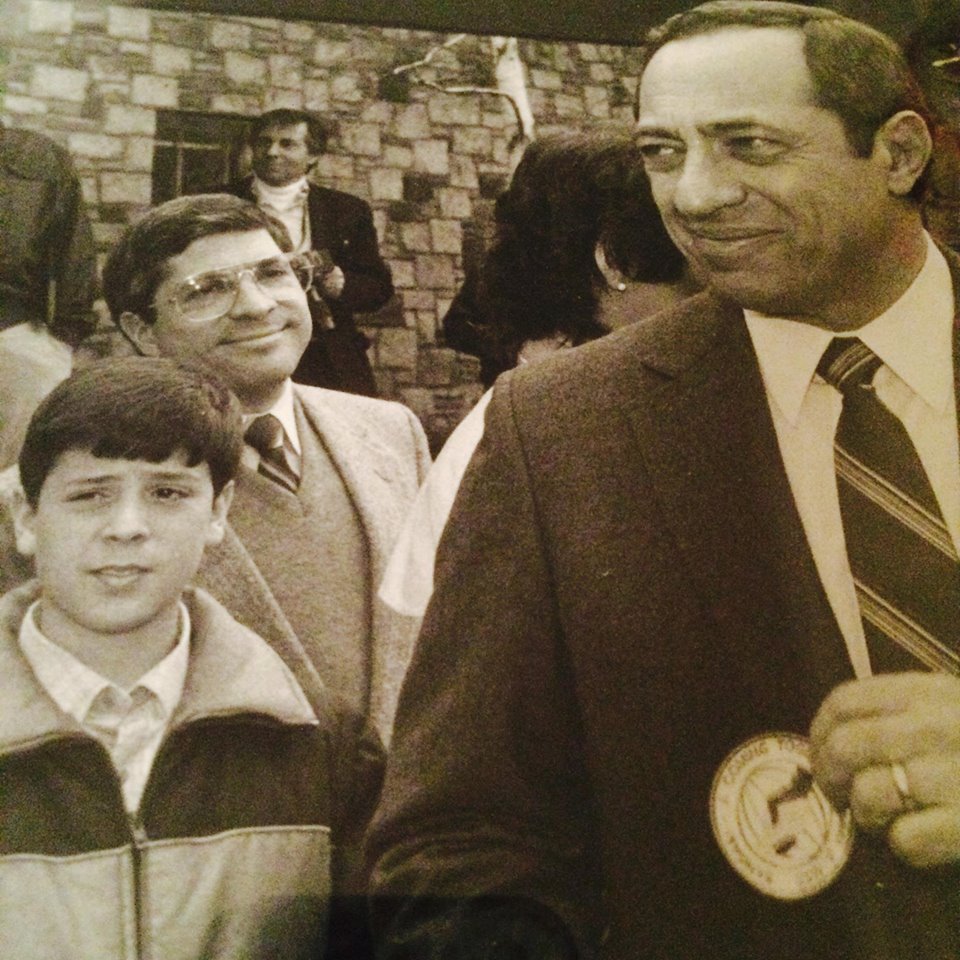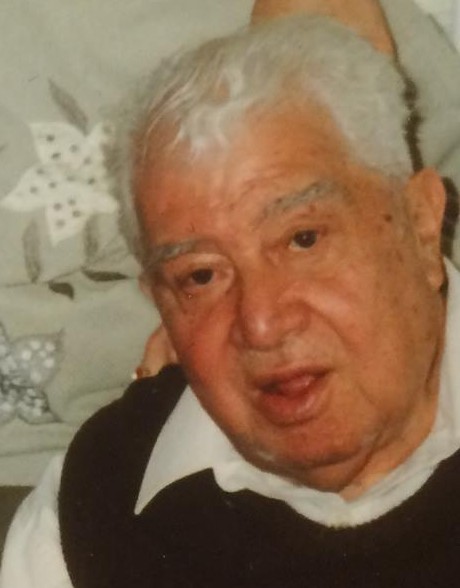Since my father died on May 27, 1993—my wedding anniversary–Father’s Day has always been painful. I watched him die a difficult, drawn-out death from a carnivorous cancer which started in his prostate and spread to his spine, paralyzing him. I read him the sports section everyday for the last two weeks of his life, quoting every line of each Yankee box score, and telling him the horse-racing results from race-tracks around the country. Baseball and horse-racing were my father’s passions. He had watched Ruth, Gehrig, DiMaggio & Mantle play ball in the Bronx, and had winning tickets on other thoroughbreds named Affirmed, Secretariat, Native Dancer, and Seattle Slew.
A few weeks after my father’s death, my friend Jim, invited me to join him at Yankee Stadium on Father’s Day. He had prime box seats behind the Yankee dugout. Jim knew I loved the Yankees, especially watching them play at the Stadium. What better way to feel closer to my father, I thought, than to be in the surroundings where we spent our sweetest hours together.
At least once a year, every August since I was 10 years old, my father was given use of the field box owned by the Pershing Square Building Corporation, his employer. Six days a week, every week, for 35 years, my father labored in the bowels of their building at 100 East 42nd Street, operating the old steam boilers, to make sure the lawyers and accountants who worked on the upper floors were comfortable.
My father knew I loved watching double-headers, and that none of the corporate executives who had first dibs on the tickets, wanted to sit in the sweltering sun on an August Sunday to watch two baseball games. For me, six solid hours of baseball was a double treat. The world consisted of nothing but baseball all day, and I had my father all to myself.
The seats I sat in on that first Father’s Day I was fatherless, were only a few rows behind where my father and I sat, year after year, inning after inning. I looked around the Stadium imagining I saw him everywhere. There he was, getting a beer, or mopping the sweat off his brow with a clean, white handkerchief. Each time I spotted an old guy with a beer belly, I thought of my father hauling his paunch up and down those flattened Stadium steps to “hit the ‘head,” as he said.
Maybe coming to Yankee Stadium so soon after my father’s death was not such a good idea, after all. I was grieving him deeply, quietly. Being there, so close to where he and I shared so many perfect moments, made me melancholy. I was in the final months of my work in Mario Cuomo’s Administration, and was depressed over conversations I knew were going on between Cuomo, George Steinbrenner, Rupert Murdoch and NYS’ Commissioner of Economic Development Vincent Tese, to move the Stadium out of the Bronx and put it on the site of the West Side Rail Yards, in mid-town Manhattan. How dare they even think about doing that, I thought. My father is here.
I sat there, drinking in the Stadium’s atmosphere, memories swirling around me like one of those tiny dust tornadoes that swept across the infield every so often. I looked at the majestic white facades towering over right field and realized what a place of peace this was for us from an otherwise chaotic life. To remain silent while the old Stadium’s future was being decided would have been to commit a sacrilege against the memory of my father.
I knew how forcefully committed the Governor was to economic development, and how the sinister George Steinbrenner was threatening to move the Yankees to New Jersey if he didn’t get a brand new ballpark in Manhattan, where he could build high-priced skyboxes for corporate oligarchs. I knew that Rupert Murdoch was exploring the possibility of building a sprawling entertainment center, including TV studios, on the site of the new Stadium. And I knew that somehow, I had to find a way to stop this from happening.
That “way” came within days of my Father’s Day visit to Yankee Stadium. I came across a copy of a scheduled secret meeting between the Governor, Steinbrenner, Murdoch and Tese with a two-word topic: “Yankee Stadium.” I knew I had to act quickly to create a public outcry to save the old Ballpark. With the forces of money and political power in New York aligned against the House that Ruth Built, I took the only route left open: I leaked the information about the “secret” Yankee Stadium meeting to New York Times Sportswriter, Richard Sandomir.
The following day, June 30, 1993, a front page story by the Times’ Ian Fisher carried a headline announcing: “Fearing Move by Yankees, Cuomo Explores Idea for a New Stadium.” The Governor was livid, and was convinced that Sandy Frucher, a former top official in the Administrations of both Gov. Hugh Carey and Mario Cuomo, was the source of the leak because Frucher worked for Olympia-York, a company with an interest in the Rail Yards. Sandy insisted it wasn’t him, and he was right. I was the “source close to the Governor” the New York Times quoted throughout the story.
The uproar caused by the Times story stopped the proposed move of Yankee Stadium to Manhattan, literally, in its tracks. And it bought the old Ballpark a reprieve of another 15 years, and kept the Bronx Bombers in the Bronx.
For me, I wasn’t proud of causing Mario Cuomo and Sandy Frucher some agita, but I also wasn’t about to let my pride, or anything else for that matter, get in the way of fulfilling a promise to my father: to keep the old Ballpark alive, long after he was gone.





